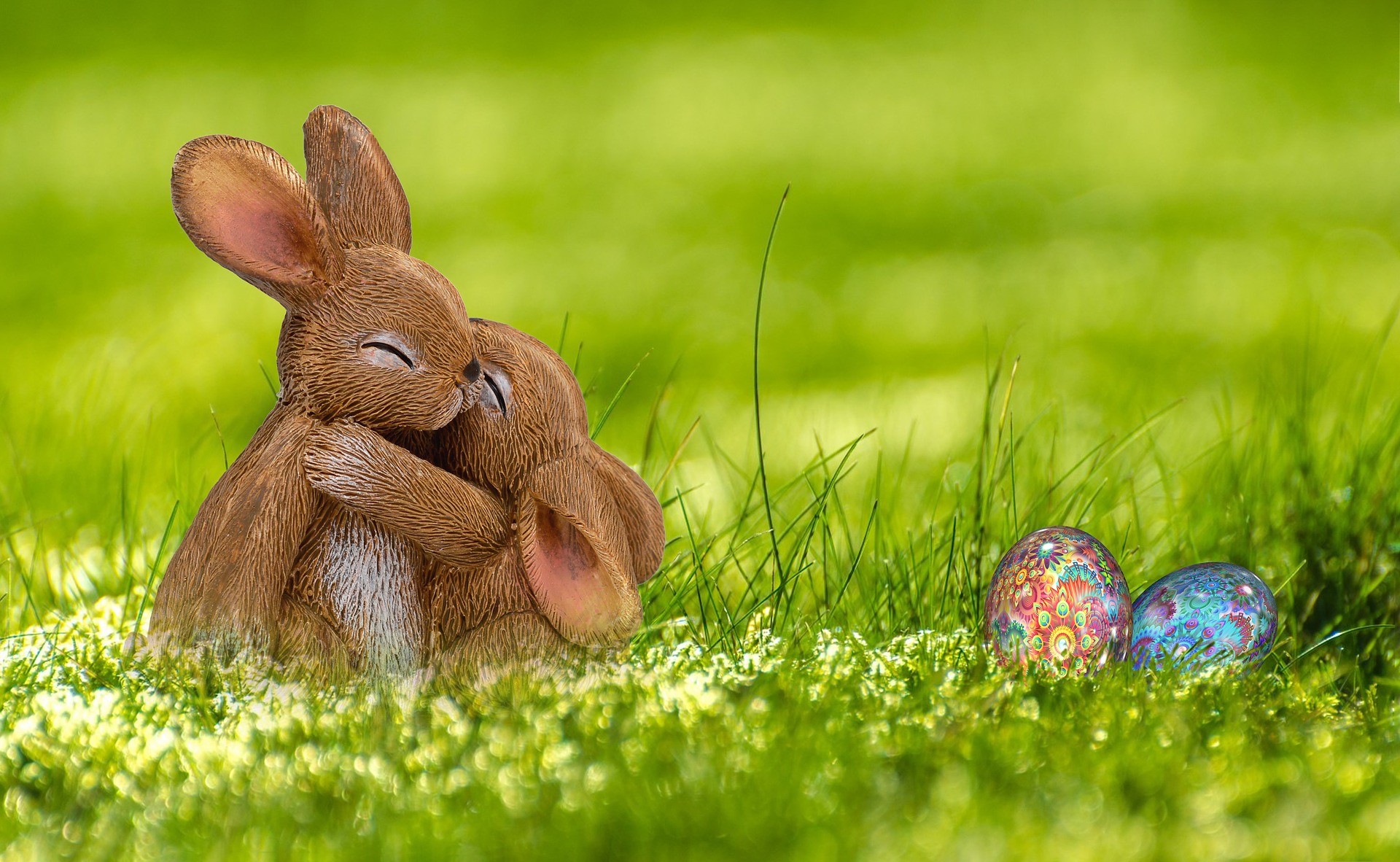As with so many other celebrations we mark throughout the year, Easter has some connection to the changing of the seasons (Halloween is another of them, which we’ve talked about before in our blog “All Hail Halloween” which touched on how the celebration marks the end of the Harvest and the beginning of Winter).
Easter is a rite of Spring – the date of which always falls very near to a key point in the solar year: the vernal equinox (some time around 20th March). It was with a monk called the Venerable Bede that the discussions around Easter and its origins were fervently debated. Bede worked to improve souls in 7th-century England, and within his works he established that the celebration is named after Eostre or Eastre, the Germanic goddess of springtime and fertility. Feasts and celebrations in Eastre’s name were held by Pagan Anglo-Saxons before the 8th century, which were then gradually replaced by the Christian Paschal month.
The fact that unlike Christmas which is always on a set date each year, Easter is governed by the phases of the moon and changes each year so that it falls on the first Sunday after the the first full moon of the vernal equinox, and it’s this factor coupled with its pagan roots that leads many people to say it’s still more of pagan festival than not!
Some European languages, such as French, have words for Easter that come directly from the Hebrew word for Passover, the springtime holiday that commemorates the Jewish people’s freedom from slavery in Egypt. And even though English went down the route of Eastre instead, there are still references to the Passover in Easter-time symbols such as things like paschal candles. In Greece, the morning of Holy Saturday is marked with the annual “pot throwing” tradition where residents throw pots out of windows. This marks the beginning of spring and new crops being gathered in new pots.
Easter bunny & Easter eggs
Why we use eggs and the bunnies as symbols of Easter is also related to the Springtime reference, as they are fertility “things”. Both are strong symbols of new life. And although Easter eggs represent Jesus’ resurrection, this symbolism wasn’t established until Roman Catholicism became the dominant religion in Germany in the 1600s and merged with already ingrained pagan beliefs. The first tale about a rabbit laying eggs and hiding them in a garden was published in 1680.
Originally the eating of eggs was forbidden by church leaders during Holy Week, which is the week leading up to Easter. During this time, any eggs that had been laid were saved and decorated to make “Holy Week eggs”, which were then given to children as gifts. In the Victorian times these were then adapted to create satin-covered cardboard eggs filled with Easter gifts.
Hot cross buns
This one is a little more obvious, as the cross is a direct reference to Jesus on the cross, and dates back to the early 1700s. Traditionally eaten on Good Friday, hot cross buns are a British tradition, mostly observed in the UK and some parts of the Commonwealth such as Canada and Australia. Tucking in to hot cross buns marked the end of Lent because they were made with dairy products which were forbidden during this period.
Lamb
The tradition of serving lamb at Easter has links to both pagan history (lambs in Springtime as symbols of new life) but also in the Christian symbol of the sacrificial lamb. The lamb traces back to the Jewish Passover, where every family would kill a lamb as a sacrifice. Jesus then became the “Passover Lamb” for humanity, the lamb used as symbol for His sacrifice.
And with that everyone here at FSTL wishes you and your families and friends a wonderful Easter!

